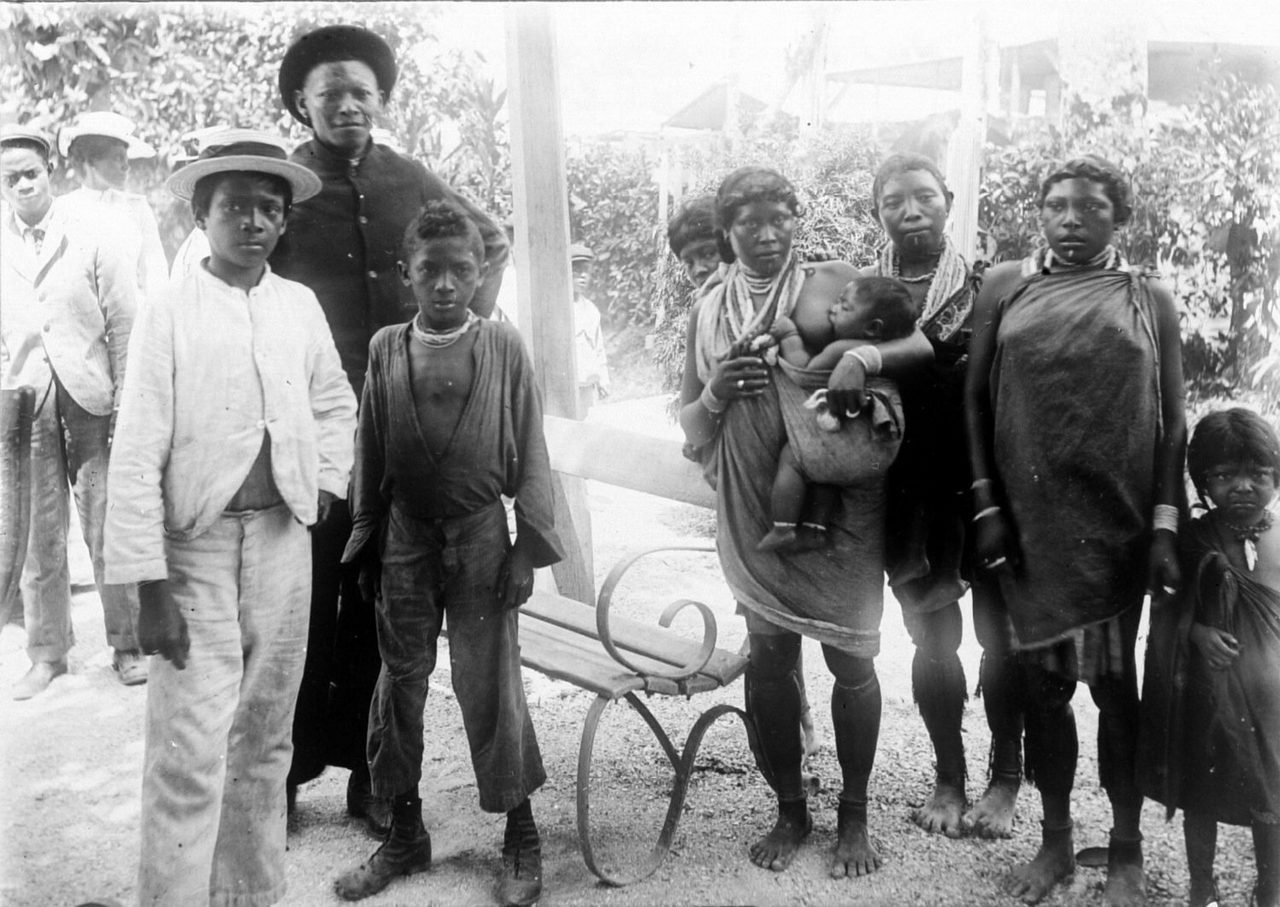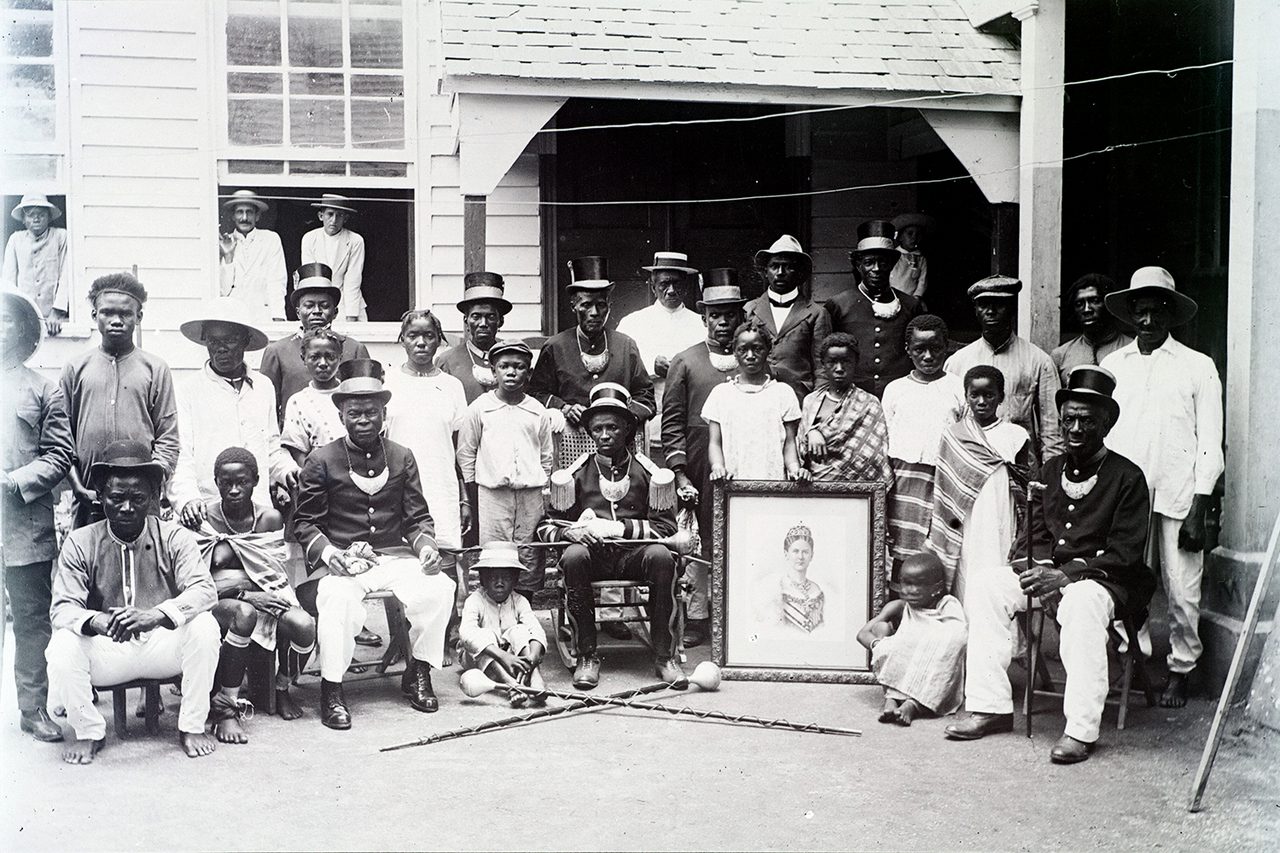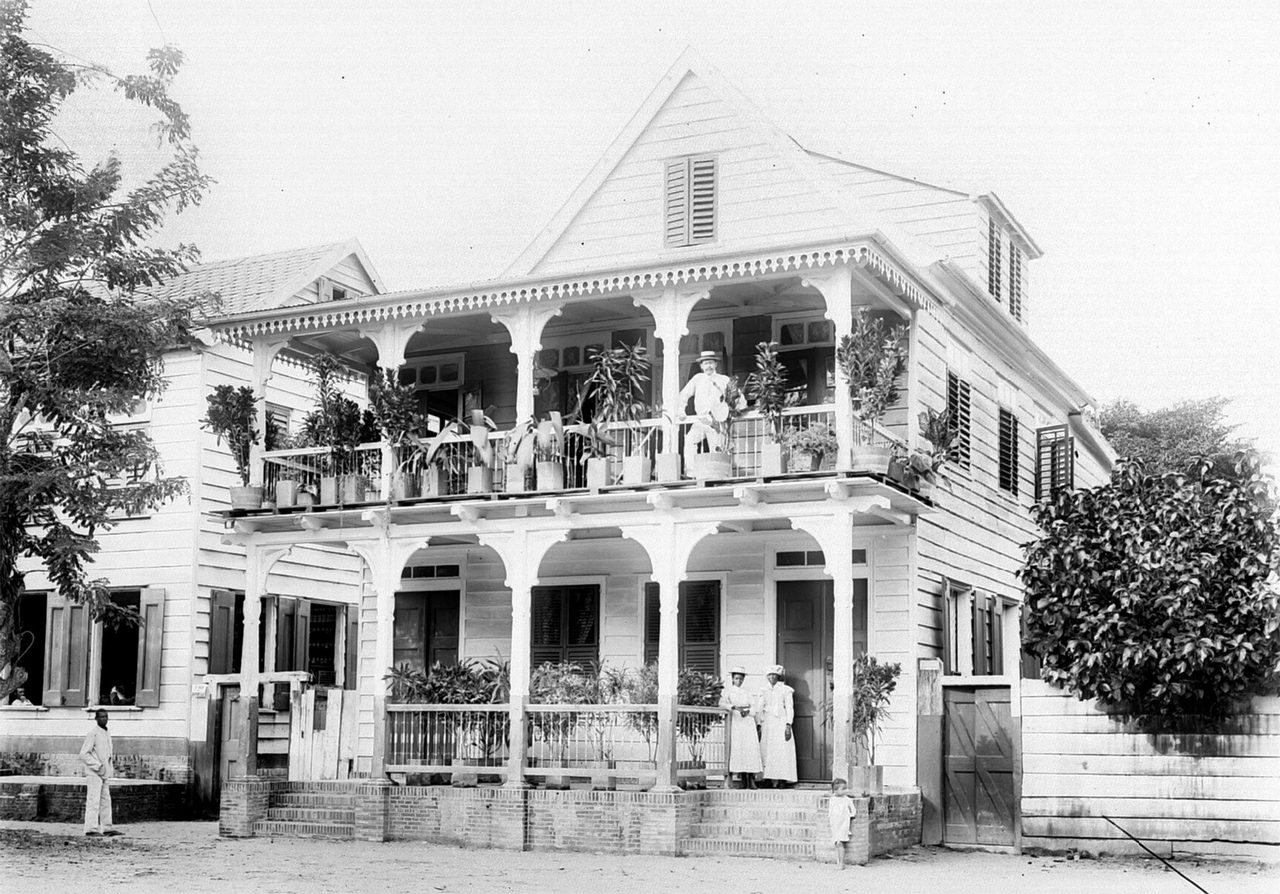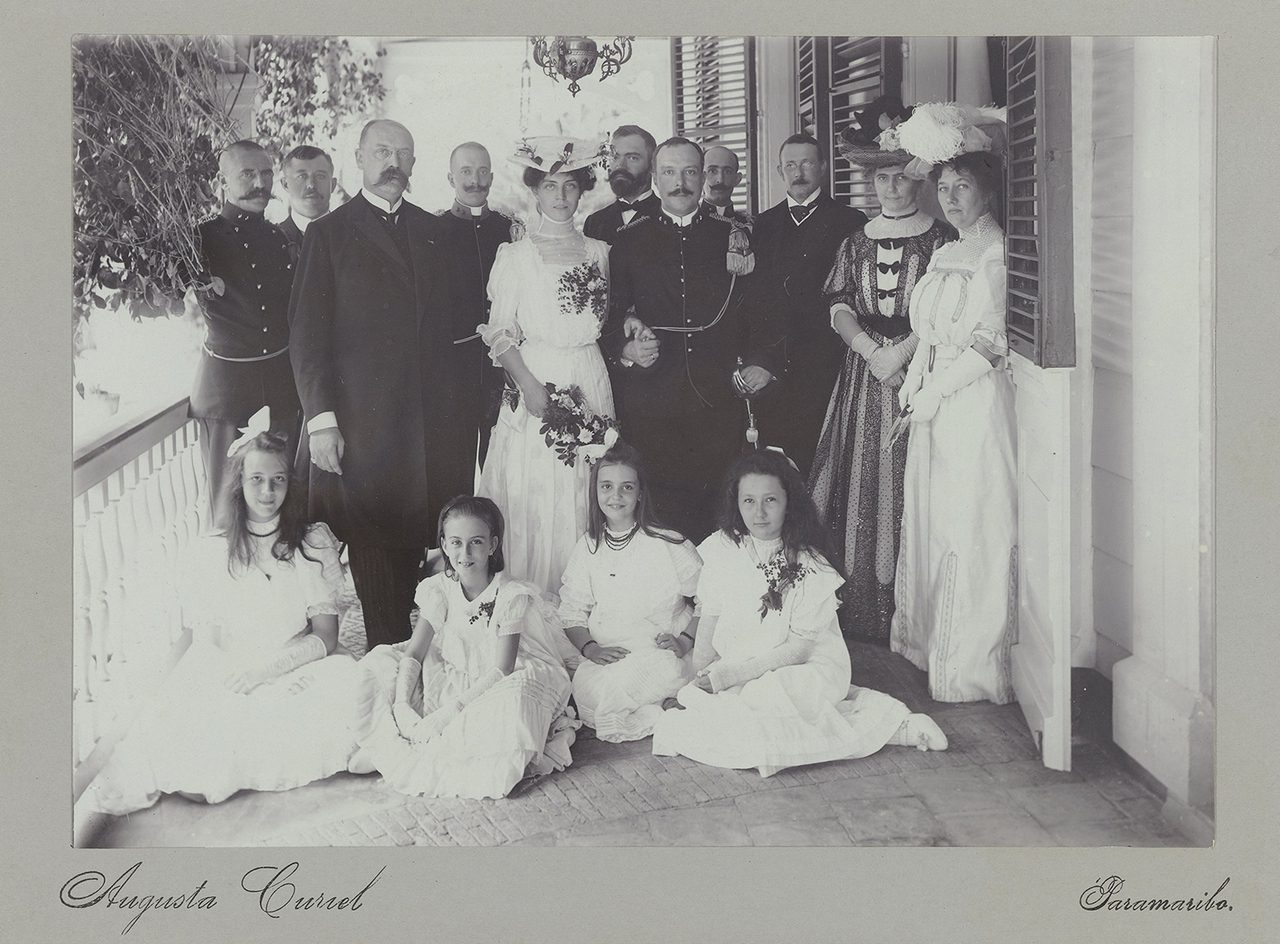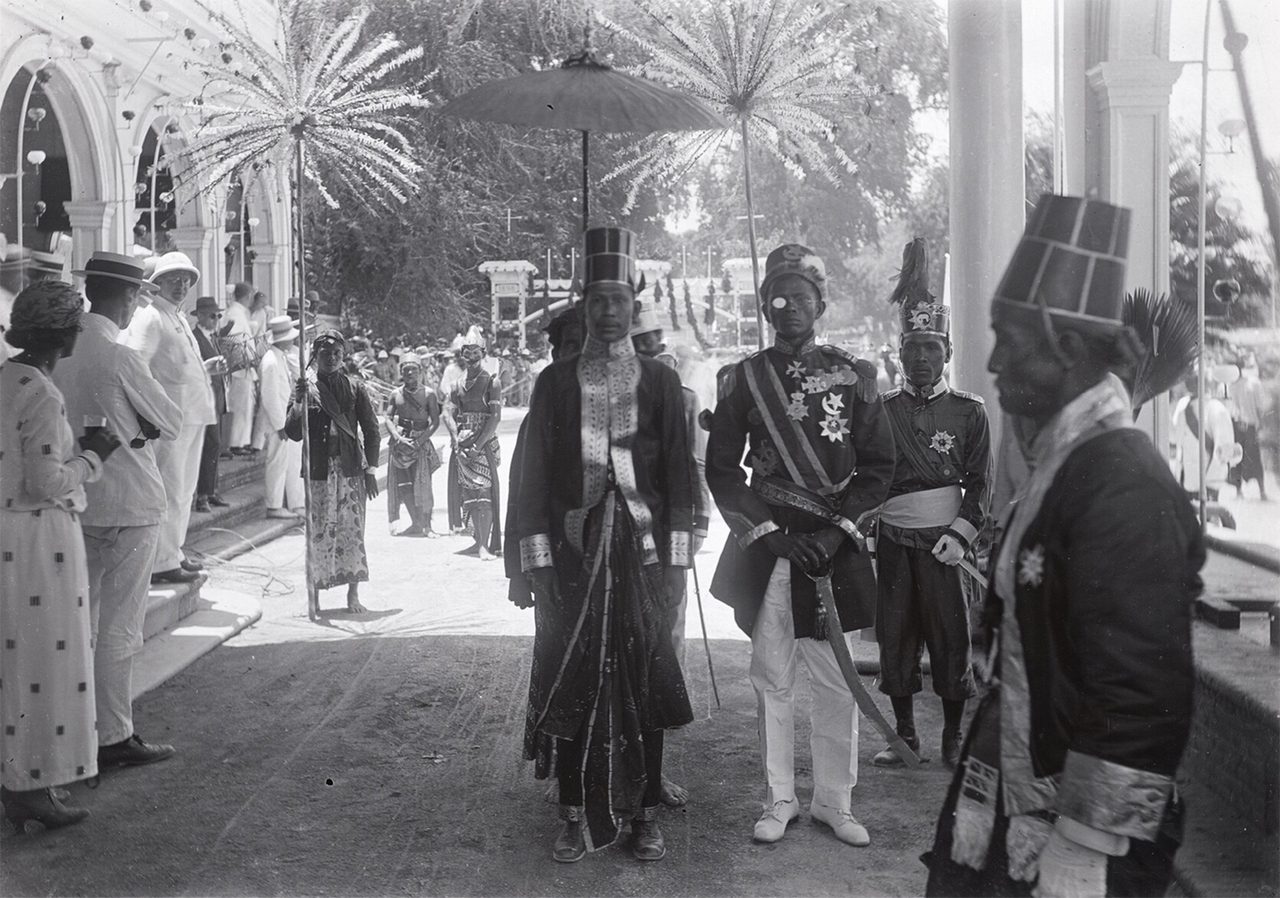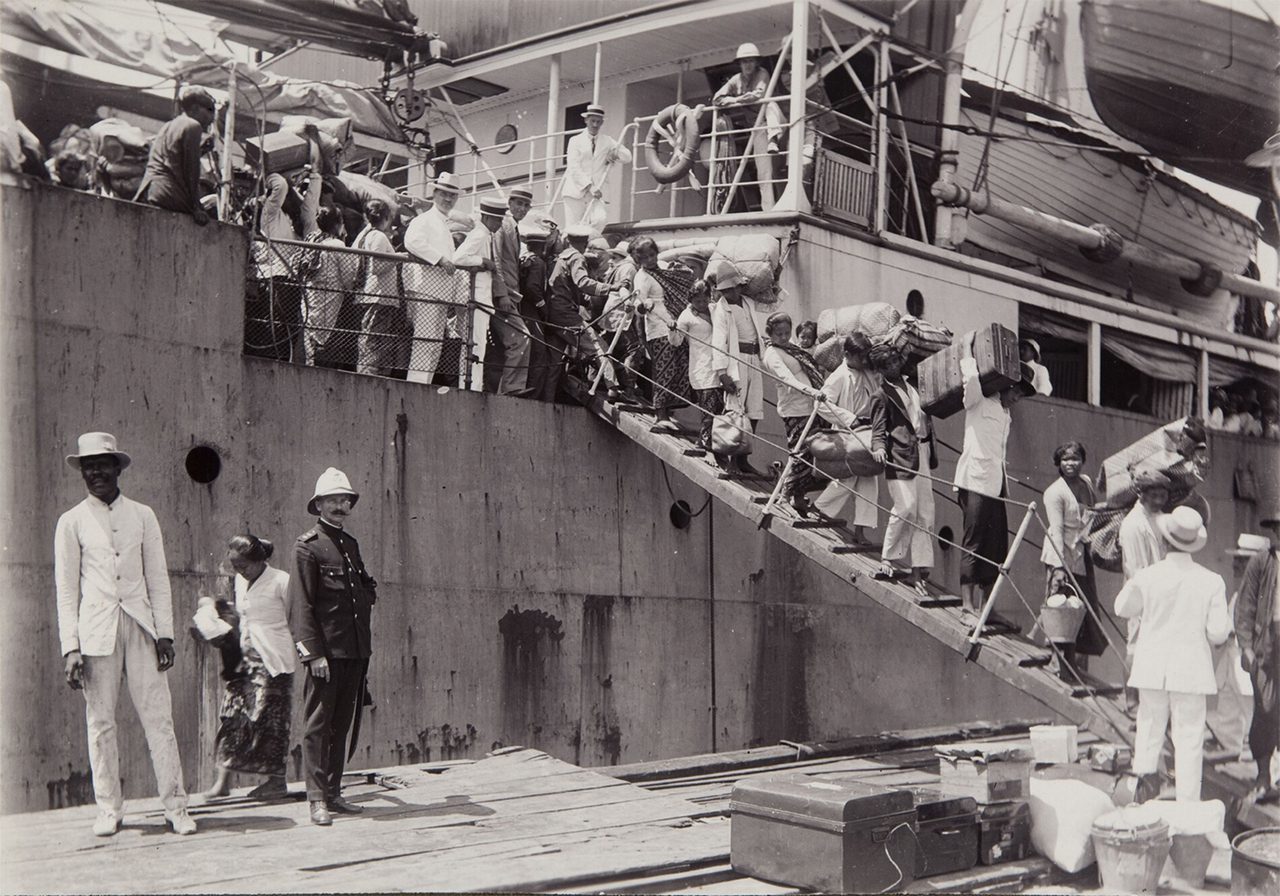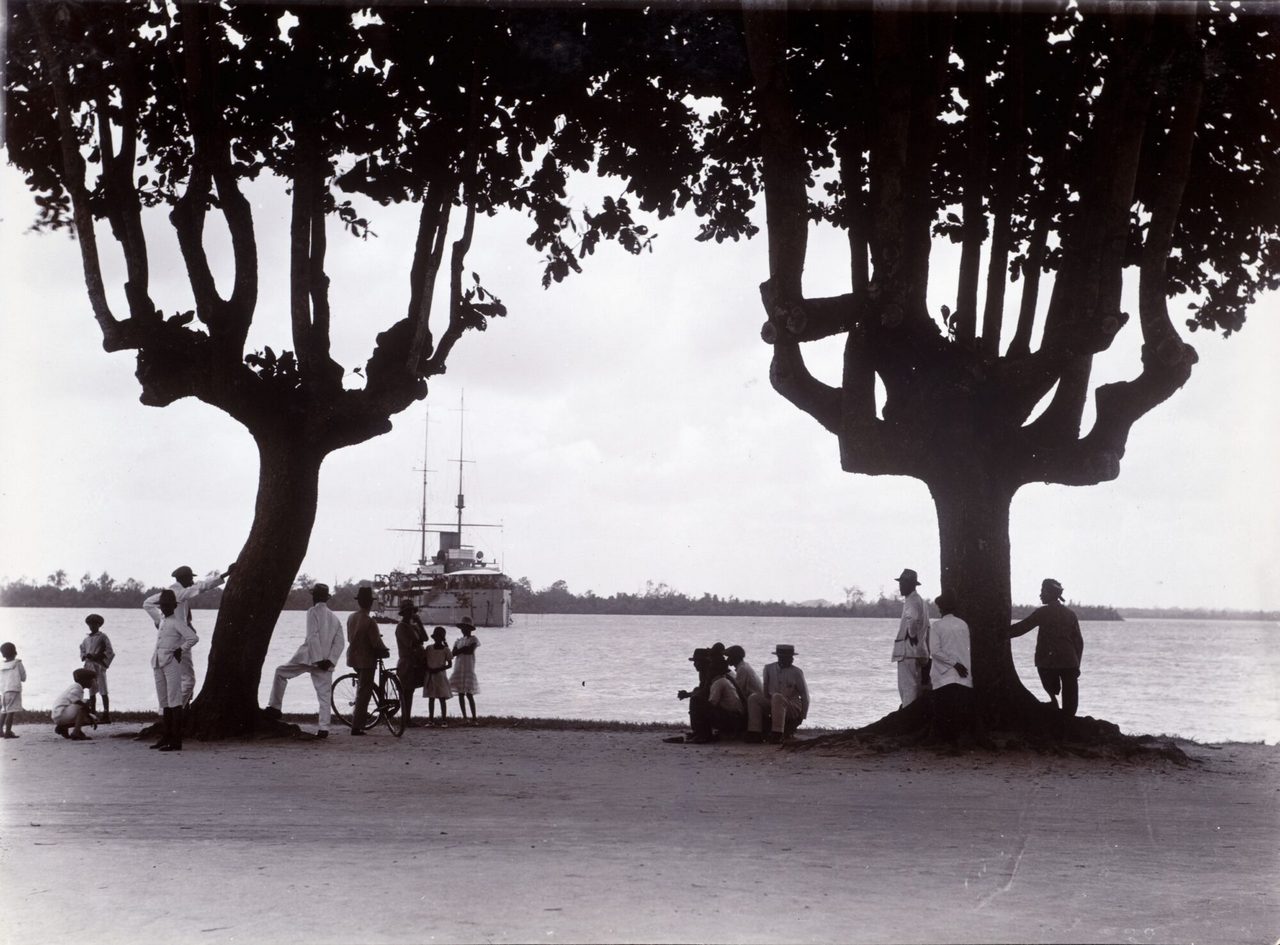PHOTO: Augusta Curiel-Yere Mi Sten
In the first half of the 20th century, one of the best-known photographic studios in Suriname was run by two sisters: Augusta (1873-1937) and Anna Curiel (1875-1958). Augusta was a technically gifted photographer with a keen eye for composition and lighting. Anna’s role included developing the photographs and preparatory work such as setting up the heavy wooden plate camera on its tripod. They worked exclusively on commission for some 30 years, capturing scenes from Surinamese society.
By Dimitris Lempesis
Photo: AWARE Archive
Foam presents “Augusta Curiel – Yere Mi Sten”, the first major retrospective in the Netherlands dedicated to the pioneering Surinamese photographer. Featuring over one hundred striking images, the exhibition offers an in-depth look at early 20th-century Suriname through the lens of a woman whose work has long been overlooked but is now being rightfully celebrated. The exhibition also coincides with the 50th anniversary of Suriname’s independence—a fitting moment to revisit Curiel’s legacy. Between 1904 and 1937, Augusta Curiel, assisted by her sister Anna, captured thousands of photographs using a large plate camera mounted on a wooden tripod. Her subjects ranged from formal portraits in her Paramaribo studio to candid scenes of daily life across the country. From documenting religious missions and official ceremonies to expeditions deep into the interior, her work paints a vivid, if complex, portrait of a society shaped by colonial structures, racial hierarchies, and stark economic divides. Though many of her photographs were created for official purposes or the souvenir market, their visual richness and compositional precision tell deeper stories. While they often sought to portray a prosperous colony, they also reveal the nuances and contradictions of life under Dutch colonial rule. These images circulated widely—appearing in newspapers, magazines, postcards, and albums throughout Suriname, the Caribbean, the Netherlands, and other former Dutch colonies—yet Curiel herself remained a somewhat mysterious figure in the history of photography. Born in Paramaribo into a well-off family at the close of the 19th century, Augusta Curiel’s background is layered. Her mother, Henriette Curiel, listed no father on her children’s birth certificates. The maternal lineage, however, includes her Portuguese Jewish grandfather, Mozes Curiel, who married and emancipated an enslaved woman, Elisabeth Nar. The family belonged to the Lutheran Church, where one preacher was an amateur photographer—possibly sparking Augusta’s interest in the medium. At 31, she opened a photography studio next door to her home, where she lived with her sisters Anna and Elisabeth. None of the “Curiel Ladies” ever married. Unlike her contemporary, William George Cornelis Amo—who took the only known portrait of her—Augusta preferred photographing outdoors. She shot on glass negatives (18 x 24 cm or 13 x 18 cm), without the aid of a light meter. Exposure times were often estimated by Anna, based on the available sunlight. Developing the images was a family affair, involving meticulous handling of chemicals and the regular delivery of ice blocks to maintain ideal temperatures. Customers typically received three prints; the negatives were either archived or reused. Today, around 1,200 of these works survive in digitized form, housed in museums in Amsterdam, Rotterdam, and Paramaribo. Curiel’s clientele included individuals, wedding parties, school groups, and high-ranking officials. She was a sought-after photographer for public events, promotional campaigns, and business affairs both in Paramaribo and rural Suriname. In 1913, her work was featured in De Vrouw 1813–1913, an Amsterdam exhibition that attracted 300,000 visitors. In the 1920s, she joined scientific expeditions led by botanist Gerold Stahel, venturing into the colony’s remote interior. Her reputation earned her the title of court photographer in 1928, and in 1929, Queen Wilhelmina appointed her official photographer to the Dutch Crown—the first Surinamese photographer to receive such an honor. Photography became widespread across South America in the mid-19th century, but few practitioners matched Curiel’s blend of artistry and documentary precision. Until her death in 1937—and through Anna’s continued work until 1950—the sisters captured a visual history of Suriname that was both official and intimate. While her photographs may not have directly critiqued the colonial system, they remain invaluable records of a complex era. The exhibition not only honors Augusta Curiel’s artistry but also reframes her contributions in the broader narrative of Surinamese and colonial history. Through her lens, we see a nation in transition—its tensions, its beauty, and its stories. This exhibition is a long-overdue recognition of an extraordinary visual chronicler of Suriname’s past.
Photo: Augusta Curiel (Augustina Cornelia Paulina Curiel) – AWARE
Info: Foam, Keizersgracht 609, Amsterdam, The Netherlands, Duration: 23/5-6/11/2025, Days & Hours: Mon-Wed & Sat-Sun, www.foam.org/

